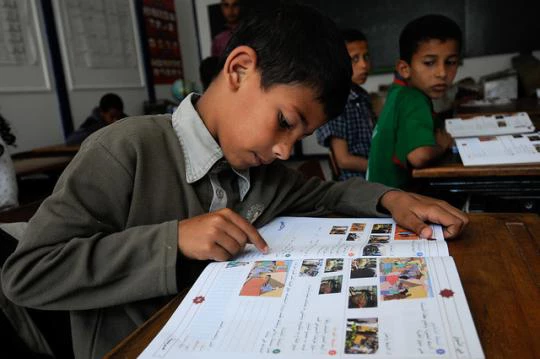
Not only are we missing the mark in terms of the MDGs for education – currently 69 million children of primary age are out of school, but this is only part of the story. Millions of children drop out early every year, and many of those who do graduate are still not mastering the basic skills in reading and math that are necessary to help them find gainful employment. As we scale up efforts, we must leverage the resources and participation of all, including private and non-state actors, to help reach these goals.
Education practitioners can often be squeamish about involving the non-state sector. But judicious involvement of non-state players such as NGOs, communities, faith-based organizations, trade unions, private companies, and individual practitioners can improve school performance – through competition, accountability and autonomy – as well as expand access. Non-state initiatives can bring fresh ideas into the mix and such innovations often increase the involvement of students, parents and teachers. Our new toolkit released with the CfBT Education Trust assists policymakers in understanding how the public and private sector can better collaborate to expand access and improve the quality of education.
Making learning for all a reality is a priority for the development community and the call for increased funding is essential. But it’s not just about pouring more cash into the poorest areas. Now more than ever we have a growing body of evidence on what works to increase both enrolment and quality.
In our recent book, Making Schools Work, Barbara Bruns, Deon Filmer and I outline ways to address the education crisis based on recent evidence from a number of rigorous evaluations. Some of the most promising examples comes from the need to improve quality by increasing teacher accountability. Since school systems are predominantly state-funded and therefore subject to top-down teacher policies, innovation has come from contracting within the public system. Schools that don’t rely on public funding have more autonomy over teacher hiring, firing and management. This has led to experiments using both carrots and sticks to improve teacher accountability. We look at two types of policies: bonuses for teachers that achieve improved student results; and the hiring of ‘contract teachers’. These teachers can be subject to standards set by the community, rather than a distant central government and our research shows that contract teachers had the single largest effect of all on improving quality.
As we step up our efforts to achieve learning for all, we clearly have to use every means at our disposal. Expanding the use of contract teachers can be a quick way of extending access to education and achieving our goals. Tapping the non-state sector to support such contracting efforts is worth a try. As are attempts to involve parents and the community in overseeing teacher performance, another area that we reviewed in our book and for which we show promising results. All this needs to be done within strong systems of accountability that include the dissemination of school results to all stakeholders.
Check out our Engaging the Private Non-State Sector in Education toolkit for more.


Join the Conversation